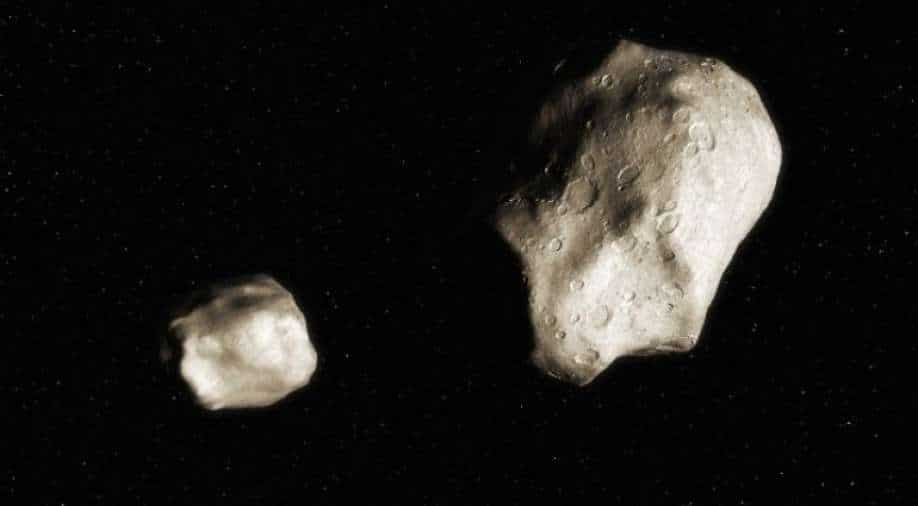
Astronomers have identified the youngest pair of asteroids ever discovered in the solar system. 2019 PR2 and 2019 QR6 are two asteroids that were discovered separately in 2019 and whose ages were only recently established.
Due to their young age, they have characteristics that are difficult to explain. They have also separated from their parent body only 300 years ago.
Nicholas Moskovitz of Lowell Observatory said, “In the present day, the bodies don’t display any signs of cometary activity. So it remains a mystery how these objects could have gone from a single parent body to individually active objects, to the inactive pair we see today in just 300 years.”
Royal Astronomical Society’s Monthly Notices published the study’s findings.
2019 PR2 and 2019 QR6: Youngest pair of asteroids

According to Petr Fatka of the Astronomical Institute of the Czech Academy of Sciences, “Thanks to the measurements performed with the Lowell Discovery Telescope (LDT) in northern Arizona, it is clear that 2019 PR2 and 2019 QR6 come from the same parent object and their high orbital similarity is not coincidental.”
The larger asteroid is around one kilometer in diameter. The smaller one is half that size. Their orbits around the Sun are also extremely similar.
The main asteroid belt lies between Mars and Jupiter’s orbits. It is home to the bulk of asteroids in our solar system.
Closer to home, astronomers have also discovered more asteroids classified as Near Earth Asteroids (NEAs). They have orbits that bring them close to Earth.
We have to wait almost a decade

“It’s very exciting to find such a young asteroid pair that was formed only about 300 years ago, which was like this morning—not even yesterday—in astronomical timescales,” says Fatka.
The astronomers are in wonder as to how the baby asteroids came to be.
There will need to be a lot more observations to fully answer this question. This, however, will have to wait almost a decade.
She explains, “To have a better idea about what process caused the disruption of the parent body, we have to wait until 2033 when both objects will be within the reach of our telescopes again.”






